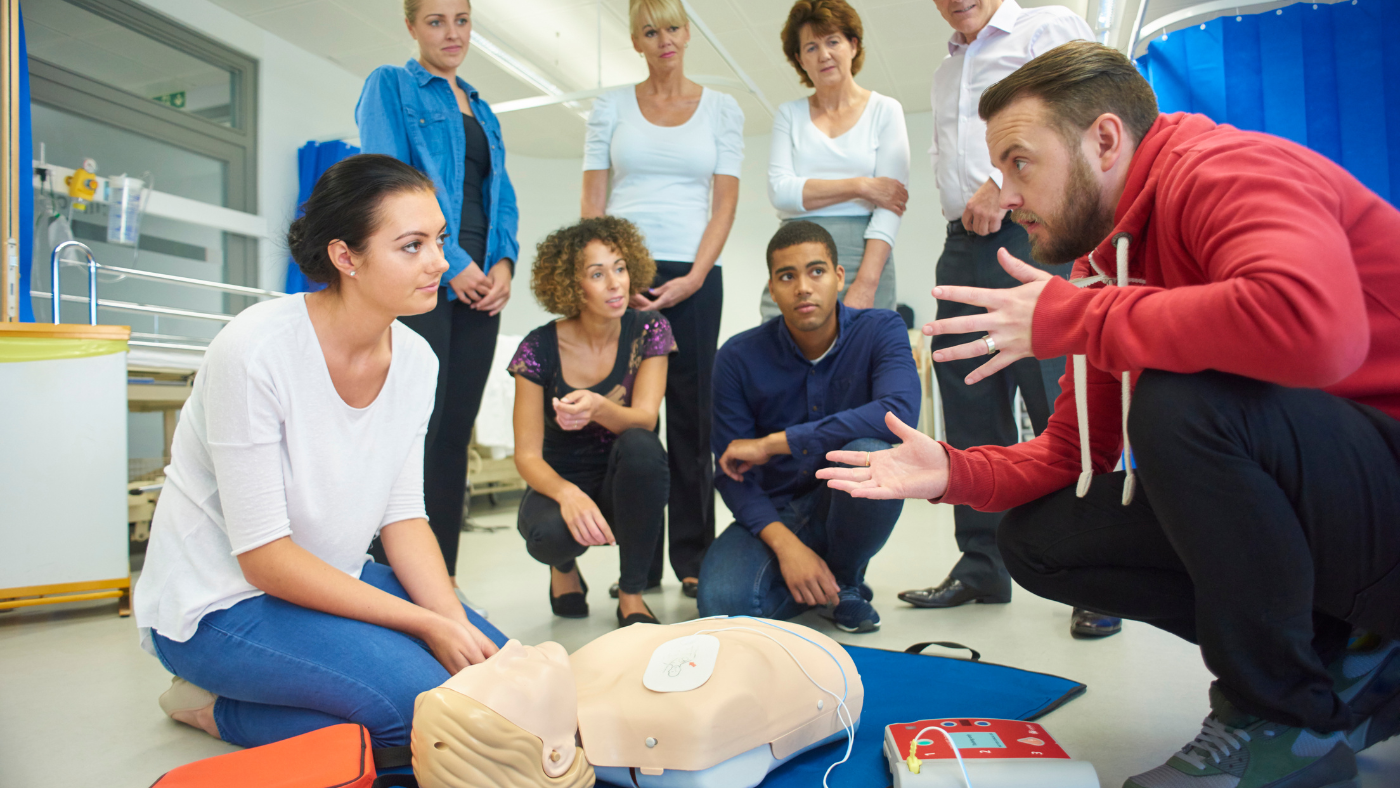In a world filled with sounds, from the melodious chirping of birds to our favorite songs, our ears allow us to connect and interact with our surroundings. However, we often take our hearing for granted until issues arise. Understanding how to care for our ears and recognizing the importance of regular hearing evaluations can help us maintain our auditory health. This guide delves into the essentials of ear care and the processes involved in hearing evaluations, ensuring your ears remain in top condition.
Table of Contents
ToggleThe Basics of Ear Care
Ear care is crucial for maintaining good hearing health and preventing infections and other auditory problems. Proper care involves regular cleaning, protection against loud noises, and avoiding the insertion of objects that could damage the ear.
Daily Ear Care
To maintain healthy ears, it’s important to keep them clean and dry. After showers or swimming, gently dry your ears with a towel or cloth, being careful not to insert it into the ear canal. For those prone to ear infections or who frequently get water trapped in their ears, using custom-fit swimmer’s earplugs can provide significant benefits.
Safe Ear Cleaning Practices
While it’s natural for ears to produce wax, excessive wax build-up can impair hearing and cause discomfort. Safe ear cleaning involves using methods that do not risk damage to the delicate structures inside the ear. Ear wax removal should be performed using safe techniques, possibly under the guidance of a healthcare professional to avoid any complications such as ear canal injuries or infections.
Regular Hearing Evaluations
Hearing evaluations are an essential component of ear care, particularly as we age or if we are regularly exposed to loud noises. These evaluations help detect early signs of hearing loss, allowing for timely intervention.
Importance of Regular Check-Ups
Regular hearing tests should be part of everyone’s health routine. These evaluations can catch hearing degradation early, potentially preventing further damage and helping audiologists recommend appropriate treatments or hearing protection strategies.
What to Expect During a Hearing Evaluation
A comprehensive hearing evaluation involves several steps to accurately assess the quality of your hearing and diagnose any issues:
- Otoscopic Examination: The first step where an audiologist examines the outer ear, ear canal, and eardrum with an otoscope to check for physical abnormalities or blockages.
- Tympanometry: This test evaluates the middle ear’s condition, checking for fluid in the ear, eardrum perforations, or wax blockages.
- Pure Tone Audiometry: Through headphones, different frequencies and volumes are played to determine the softest sounds you can hear at each pitch, establishing your hearing threshold.
- Speech Testing: This assesses your ability to hear and understand speech at different volumes and in various noise environments.
Understanding and Preventing Hearing Loss
Hearing loss can be caused by a variety of factors including genetics, age, exposure to loud noises, and even certain medications. Understanding these can help in prevention efforts.
Types of Hearing Loss
- Conductive Hearing Loss: Occurs when sound is not conducted efficiently through the outer ear canal to the eardrum and the tiny bones of the middle ear. Typically, this can be treated medically or surgically.
- Sensorineural Hearing Loss: Caused by damage to the inner ear or the nerve from the ear to the brain. This type of hearing loss is usually permanent and treated with hearing aids or cochlear implants.
- Mixed Hearing Loss: A combination of both conductive and sensorineural hearing loss.
Preventive Measures
Preventing hearing loss involves taking proactive steps to protect your ears:
- Use Hearing Protection: Especially in environments with prolonged loud noises, such as concerts, factories, or even while using lawn equipment.
- Limit Exposure to Loud Noises: Be mindful of the volume on personal audio devices; following the 60/60 rule (listening with headphones at no more than 60% volume for no more than 60 minutes a day) can help significantly.
- Regular Testing: Especially for those in high-risk jobs or with a family history of hearing loss.
Technological Advances in Ear Care
Advancements in technology have greatly enhanced the options available for hearing evaluations and ear care.
Hearing Aids and Devices
Modern hearing aids are highly sophisticated devices capable of amplifying sound selectively, reducing background noise, and even connecting wirelessly to smartphones and TVs.
Apps and Software
Several smartphone apps can help monitor hearing health, provide hearing tests, and even simulate the function of a hearing aid.
These tools make it easier for individuals to take an active role in maintaining their auditory health.
Taking care of your ears is a critical aspect of overall health and wellness. By incorporating regular cleaning, protecting your ears from loud noises, and undergoing periodic hearing evaluations, you can ensure your ears function well throughout your life. Remember, early detection through proper care and routine checks is key to effectively managing and preventing hearing issues. Let your ears enjoy the symphony of sounds around you by keeping them in excellent health.







